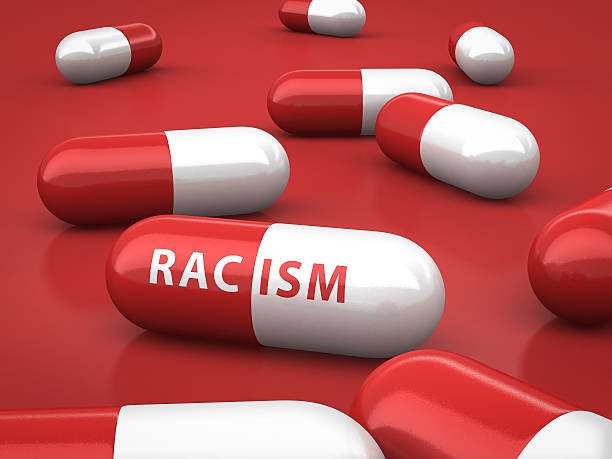Racism has a profound impact on mental and physical health, and can make it more difficult for people to access healthcare services.
In 2015, the U. S. Department of Health and Human Services (HHS) found numerous examples of health inequity for POC in the U.S., including:
- Lower life expectancy: In 2014, Black males and females had lower average life expectancies than white males and females.
- Higher blood pressure: Between 2013 and 2014, 42.4% of Black males had high blood pressure, compared to 30.2% in white males. During the same period, 44% of Black females also had this condition compared to 28% in white females.
- Lower rates of influenza (flu) vaccination: Flu vaccines can save lives. However, in 2014, only 60% of Black and Latinx people aged 65 or over got a vaccination, compared to 70% of white and Asian people of the same age.
- Strain on mental health: A 2015 review found that racism was strongly associated with mental health difficulties, contributing to stress, anxiety, and depression. This was especially true for Asian American and Latinx groups.
Some of these findings are influenced by racial inequality that exists outside of the healthcare system. For example, economic disparities between racial groups make it more difficult for some to get private health insurance, preventing people from getting medical care.
In 2014, around 20% of Black adults could not access health insurance compared to 10% in white and Asian adults. For Latinx adults, this figure was 35%. A 2012 study also found that predominantly Black zip codes were 67% more likelyTrusted Source to have a shortage of primary care physicians (PCPs).
However, racism also exists within healthcare itself and can lead doctors to neglect, disbelieve, or actively discriminate against patients. The following sections look at specific ways of how this manifests.



